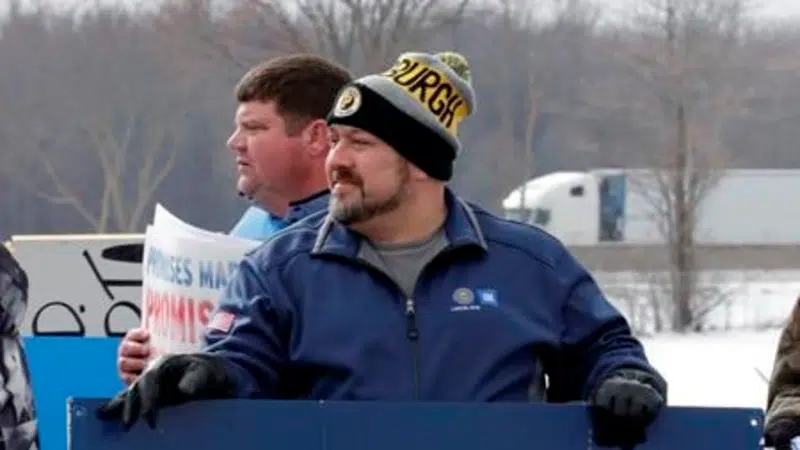
The Cruze cruises: GM assembly plant closing, maybe for good
LORDSTOWN, Ohio — The last compact car rolled off the line Wednesday at General Motors’ massive assembly plant in Ohio as the automaker began moving toward its future while workers wondered about theirs.
GM is eliminating all 1,700 hourly positions, perhaps for good, at the factory near Youngstown, the first of five North American auto plants that it intends to shut down by early next year.
The plant closings are part of a major restructuring for GM, which plans to shed as many as 14,000 workers and shift its focus to making trucks, SUVs and electric and autonomous vehicles.



